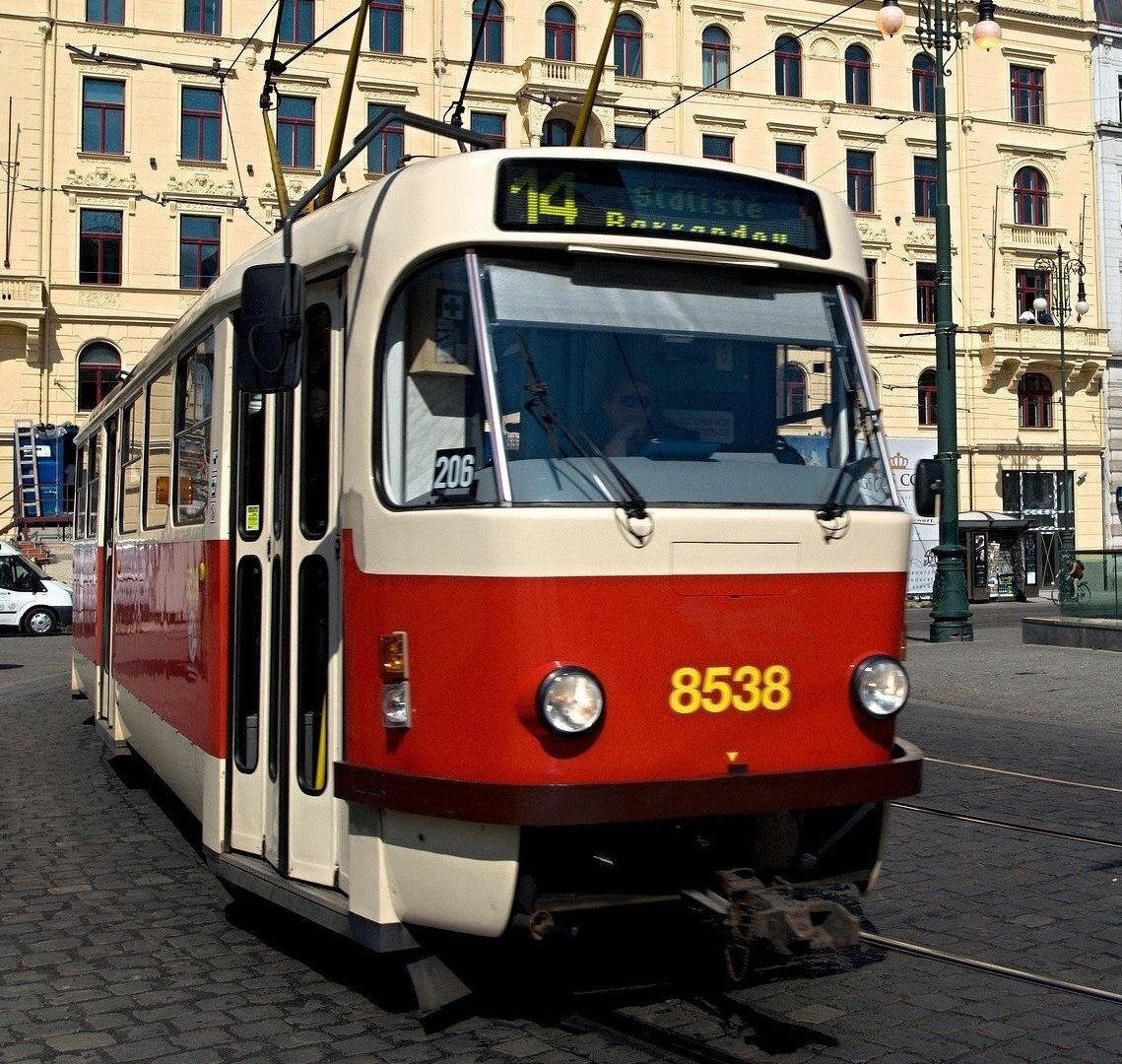

I also wonder how closely they can be dated. +/- 100 years is a long time and I would expect that’s a smaller interval than provided by their dating methods.
Still, Neanderthal dinner parties are nice to imagine.


I also wonder how closely they can be dated. +/- 100 years is a long time and I would expect that’s a smaller interval than provided by their dating methods.
Still, Neanderthal dinner parties are nice to imagine.


Yes! The method in that video is exactly what I meant by #6.


I’ve seen a few ways for chopped onion. Chopped meaning that we want reasonably small consistent size pieces.
Root on, halved through the N & S poles, one half laid flat, vertical N/S cuts, leaving connection to root intact, cuts parallel to table almost to root, latitude cuts moving to the root end. Then a final cleanup chop of the large pieces from the root end.
Same as 1 but no parallel to table cuts. More cleanup chop at the end.
Same as 1 but radial longitudinal cuts instead of vertical.
Same as 2 but radial longitudinal cuts instead of vertical.
Same as 1 but without halving the onion first. Done in the hand.
Same as 4 but without halving the onion first. Done in the hand.
Same as 4 but root off before halving.
Same as 7 but latitude cuts before radial.
Same as 8 but latitude slices laid flat before radial cuts.
Same as 7 but root off after halving.
Same as 8 but root off after halving.
Nana method, higgledy piggledy paring knife action in the hand.
Classical western method is 1. Both 2 and 4 are very common in restaurant settings in my experience. I like method 8. Any other way feels either too fiddly or too sloppy. But I have seen each of these in action.


Excellent! My first thought was that it would be a great event for ESPN8 the ocho.


Seriously hope there is a live stream.


Electric what now?
Didn’t know what I was missing.


That makes sense, yeah. It’s probably the closest comparison.


Here’s a fun comparison: Tennessee vs Mecklenburg Western-Pomerania
They have very similar population density (70/km² vs 65/km²). Tennessee is roughly 4x the area and population.
There are only 2 inter-city train stops in Tennessee, in Memphis and a small town to it’s north, both on the 1x/day service between Chicago and New Orleans. The largest city (and its state capitol) Nashville has no rail service.
The entire state of Tennessee has only 10 inter-city bus stops. Ten! Serving 7M people. The 4th largest city in the state is Chattanooga (181k), and it has no inter-city bus and no rail.


The worst part, from a transportation perspective, is that our low density rural areas in the US are often isolated homesteads. Fully scattered single family farms and ranches, miles from the next family. We don’t have as much village centric rural areas as in Europe. So it makes delivering services (transportation, education, health care) to our rural population much harder.


Public transportation in cities varies. But inter-city transportation? In most of the USA you simply cannot travel between towns or cities on public transportation. There are a few inter-city bus options (Greyhound, Flix, Megabus), but those don’t go everywhere.
The rail options outside of the NE corridor (Boston to Washington DC, basically) are very sparse. Here’s the map: https://www.amtrak.com/content/dam/projects/dotcom/english/public/documents/Maps/Amtrak-System-Map-020923.pdf
That’s it. Most of those routes are at most once per day in each direction. So if you city even has a stop (which it probably doesn’t) the train may only come through in the middle of the night. Some routes are only 3x/week. And because of the massive distances involved and old equipment, it takes at least 70h+ to travel from coast to coast (more really, since connection times are long) and costs twice the price of a 6h flight ($250+ vs $80-120).
Trains are often on schedule, but can be many hours late. Once they are off schedule they are at the mercy of the freight train lines (who own the tracks) for passing. You can get stuck behind a slow moving cargo train for many hours.
Why is it like this? It’s complicated. But it starts with very low population density, large areas/distances, and a very different relationship between the individual and the state in the US vs most of Europe. Add the rise of suburbs in the automobile right when many US cities were growing. Another factor is public attitudes. People think that public transportation is for poor people. I know people who have never ridden a city bus, and I live in a city that probably has above average public transportation for the region.
Anyway, as a public transportation rider-by-choice I feel your pain. Having spent a few weeks in Germany recently (with a DT for travel), and having ridden extensively on US train and bus networks, yous is definitely much, much better. Resist the politics of privatization and decay.


The dislodge line is where we had to pause for laughing. Delivered with such testiness.


The Long Kiss Goodnight
https://imdb.com/title/tt0116908
Geena Davis and Samuel L Jackson. He said in 2019 that it was his favorite role. It was released after a flop for Davis and director Renny Harlin (then her husband), and may have had poor press related to that.
It has an unlikely hero, plenty of action sequences, some fun performances (I had to pause it after a funny line from Brian Cox cracked me up), and heart. Solidly entertaining. But low expectations might help.

Correct. And as AtariDump points out, it’s best to check typical runtime wattage, not peak, and not just on specs.

After you know the wattage of your load, use the Runtime tab on the product page to see how much runtime you get at a given wattage.
https://www.cyberpowersystems.com/product/ups/smart-app-lcd/or1500lcdrm1u/
The one you have selected will have 2 minutes of runtime ~900w on a fresh battery. If all you want to do is clean shutdown, that’s probably fine (as long as you don’t have brief power drops that you want your shutdown procedure to ignore). If you need more time then you’ll need a different UPS.
Note that some UPS models will do better for a given task than others with similar specs. For example I have a ~100w homelab, and wanted maximum runtime for 50w during a power outage (servers off, router+switch+aps active). Some similar spec Cyberpower models were ~120 minute runtime at 50w while others were 200+ for the same load.
This appears to be a 14500 lithium ion cell (same physical size as AA), putting out 3.7v for a device like this flashlight that supports it. No voltage step down, just charging circuitry on-board.
Seriously. Nana’s gonna nana.